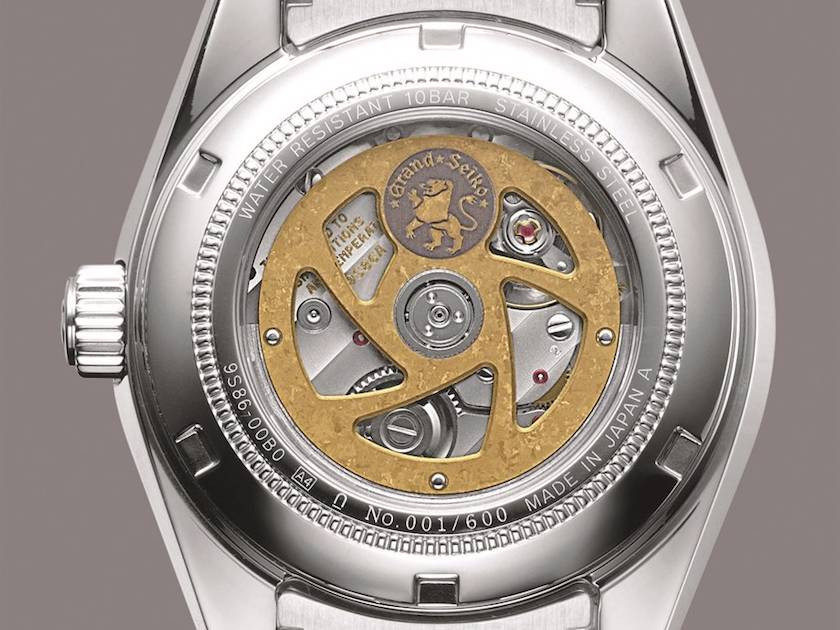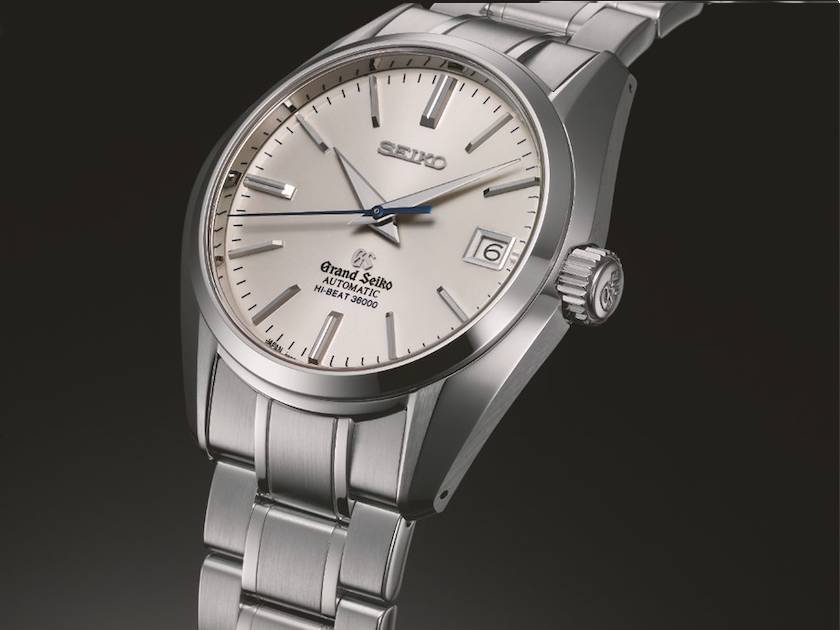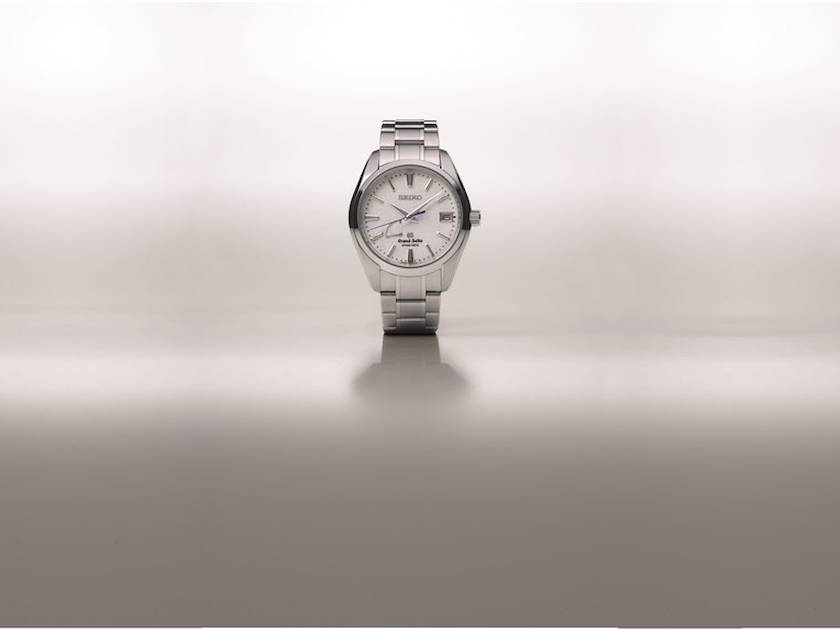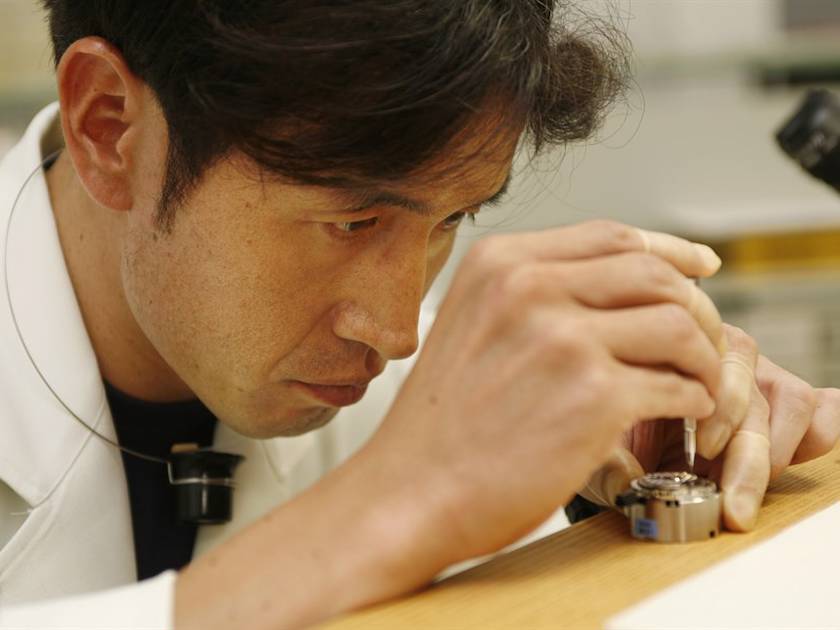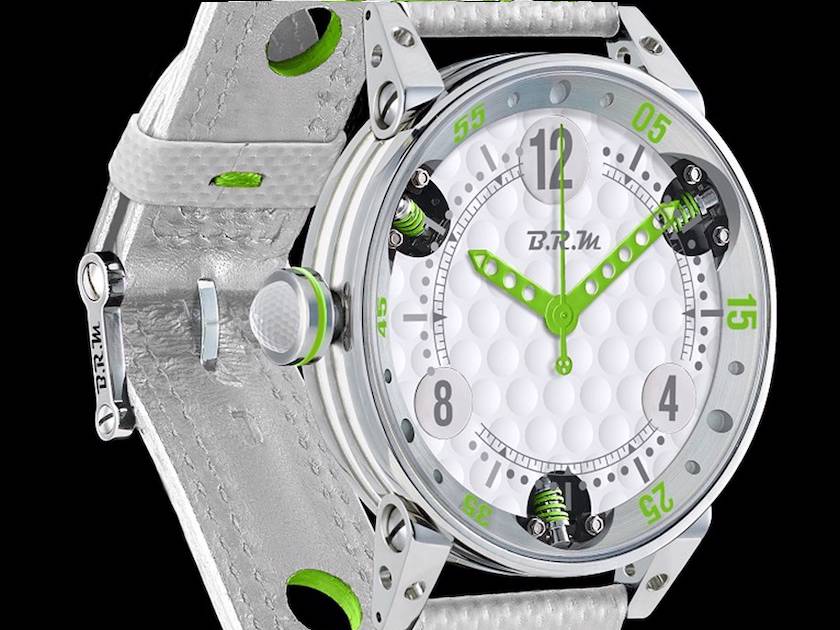Grand Seiko - Understated refinement
It’s easy to succumb to luxury products based on the perceived appeal of a brand name, but scratch away the veneer and marketing hype and sometimes there is a lack of substance. Happily, this is not a scenario associated with Grand Seiko, as Angus Davies discovers...
Luxury is about crafting the finest product possible and thereafter determining the price. Concession and compromise are two words that are alien to the notion of real indulgence. Moreover, whilst some brands are perceived as luxury, they lack true merit and confer little by the way of superior quality or longevity. Sometimes, however, large corporations expend vast resources to create peerless products. Take the Nissan GTR, it lacks the badge snobbery of some German and Italian supercar exotica, but technically it leaves many of its competitors in its wake. I remember sitting in the front passenger seat of a Nissan GTR at Spa-Francorchamps hurtling along and being aghast at the breadth of this car’s talents. Prior to my brief taste of the Nissan GTR experience, I wrongly thought of Nissan as a company merely making family saloon cars. Evidently, this assumption was wrong and a valuable lesson was learnt. Ironically, when it comes to horology, Seiko is another name I incorrectly categorised. The well-known watch company makes huge volumes of affordable watches, which have proved popular to legions of customers over the years. However, until a few years ago, British buyers were unaware of the high-end subsidiary of the Seiko Watch Corporation, Grand Seiko. Similar to the Nissan GTR, Grand Seiko is the low-volume, no-compromise product of an industrial giant showcasing its technical prowess. Grand Seiko is very much a timepiece for the discerning watch buyer, but what makes it so special and appealing to watch collectors around the globe?
THE IDEAL WATCH. Grand Seiko was launched in 1960 and the raison d’être for its creation was very simple: it was to create the ‘ideal’ watch. But how do you define what makes a watch ideal? Well, Seiko set about establishing this by creating standards it felt the perfect watch should attain. Initially, Grand Seiko was only available in Japan, but with the addition of a second atelier, international distribution became possible. Over the last 54 years, the company has expanded its model range and now offers a choice of quartz, mechanical and Spring Drive models. However, irrespective of the movement powering the hands of time, all models share a technical excellence, which makes them quite exceptional.
A POLISHED PERFORMANCE. It all starts with design. Those seeking garish colours and outré cases, bedecked with numerous gems, may well have ceased reading this article already. But that would be a shame because Grand Seiko watches exhibit timeless styling, devoid of excessive flamboyance. The timepieces confer ease of read-off, incredible wearer comfort and exceptional time-keeping when compared with competing products. These various attributes are a result of a clean sheet design and the painstaking pursuit of perfection by the Grand Seiko team. Hours are indicated with multi-faceted cut batons, each meticulously polished, evincing a brilliant jewel-like gleam from every angle presented. The creation of this effect is time-consuming, but the outcome is delightful. At noon, double batons feature, a trait found on all Grand Seiko models. The razor-edge cut of the hands and hour markings ensure superb legibility, even in restricted light. The case polishing is referred to as Zaratsu, a hand-applied technique that can trace its origins to the centuries-old method of polishing Samurai swords. The blade polishing technique is made by carefully applying a rotating tin plate to create an ultra-smooth surface, which resembles glass in texture.
STYLE AND COMFORT. The underside of the watchcases on Grand Seiko models taper upwards, which enhances wearer comfort. Indeed, the word comfort freely leaves my lips whenever I talk about wearing a Grand Seiko watch. The silky-smooth metal is free of any burrs or unwelcome sharp edges and much consideration is given to how this watch feels when you wear it. It gently envelopes the wrist, proving suitable for a myriad of owners, irrespective of physical stature. Even the metal links on the bracelets are curved for extra comfort.
LOVELY LEGIBILITY. When listening to individuals converse, it is often those who enunciate with clear diction who are the easiest to understand. The same could be said of a wristwatch. Ideally, the time should be ascertained in less than a second. Often, I am bemused by some watches, which in the pursuit of being avant-garde, deliver a cluttered dial proving challenging to understand. No such allegations could be directed towards Grand Seiko. The dials are eminently legible. The glass, or sapphire crystal to be precise, is subject to exhaustive polishing and treated with anti-reflective coating. The clarity of the sapphire crystal, created in-house, stands yet further testament to the skill of Seiko (the corporation includes Seiko Optical, makers of spectacle lenses). Some watches feature a date or day-date display. The size of the numbers depicted varies according to the prevailing day. Each number is sized to ensure excellent readability.
ACCURACY AND POWER. Whilst many people use their mobile phone or computer to ascertain the time, watches continue to be popular. This may seem obvious, but an increasing number of watch buyers choose a timepiece to express their personality, or perceived status, rather than any overwhelming need for precision. Arguably, some of the most accurate watches are quartz. The battery-powered movements grant a level of accuracy beyond the tolerances typical of a mechanical watch. Seiko introduced the world’s first quartz watch in 1969 and has been the leader in this field ever since. However, I am an ardent supporter of the mechanical watch. I adore the sound of a ticking timepiece and the thought of wheels and springs collaborating to tell the time.
COMPLETE CONTROL. There are many watch companies which source movements from third parties. Conversely, some prestigious watch companies make their own movements, often referred to as ‘Manufacture movements’. These are perceived as the ultimate expression of a watch company’s competence. Whilst this is very laudable, most of these companies will require springs, rubies and lubricants to be provided by others. Grand Seiko goes beyond the norm, creating every component – differentiating it from all other watch companies. Some mechanical Grand Seiko watches even draw kinetic energy from the motion of the wearer’s arm to power the functions of the timepiece. This energy is temporarily stored in a wound spring, which delivers an impressive ‘power-reserve’ of 72 hours. This means if the watch is removed from the wrist on a Friday evening, it will still be running when the owner places it back on their arm on Monday morning, despite an absence of energy creation. The ultimate expression of accuracy from a mechanical watch is the Grand Seiko Spring Drive, which combines the best of two worlds. The movement is powered by a main spring but controlled by the precise signal of a quartz oscillator. The result is accuracy of +/- one second per day.
A TOUCH OF NATURE. The brand’s models often take inspiration from nature, which has lead to the creation of some unique and very eye-catching dials. For example, the freshly fallen snow outside the windows of the Grand Seiko Design Studio was the idea behind the SBGA011. By drawing on nature for inspiration, the aesthetics are imbued with calm and an everlasting appeal. Indeed, this is yet another illustration of how Grand Seiko creates fine timepieces, understated and refined, capable of delivering lasting appeal for decades to come.

Journalist
